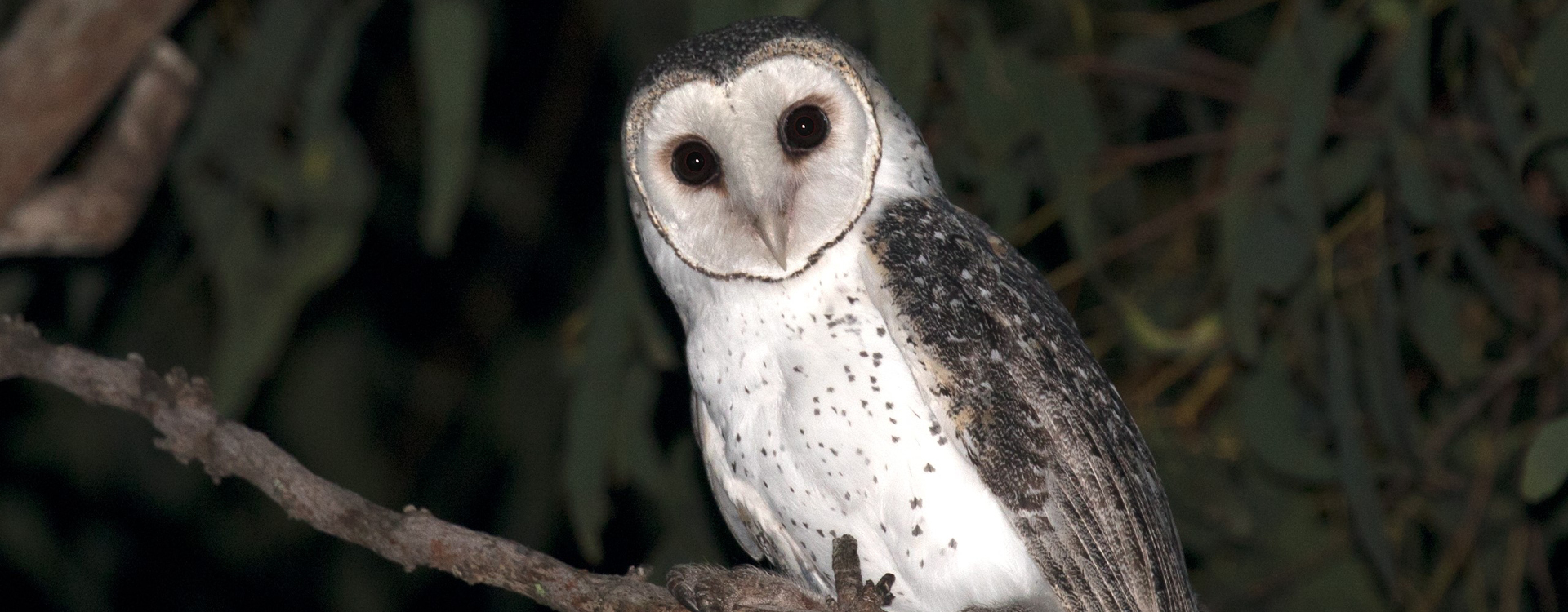
Groote archipelago Threatened Species Management Plan
The land and sea of the Groote Eylandt archipelago supports incredible biodiversity – and Traditional Owners are determined to keep it as pristine as possible.
They recognise that their country is a stronghold for several threatened species that have drastically declined on the mainland.
Traditional Owners strongly supported the drawing up of the Groote archipelago Threatened Species Management Plan 2019-28 by the Northern Territory Government.
In an introductory statement in the 63-page plan, Traditional Owners Tony Wurramarrba, Phillip Mamarika, Jennifer Yantarrnga and Jocelyn Yantarrnga say: “We are determined to manage our country and to pass it on to our children and grandchildren in good condition so that it supports their lives and their spirits into the future.”
The plan outlines action needed to promote the conservation of threatened species such as the Northern Hopping Mouse, Brush-tailed Rabbit-rat, Ghost Bat and Masked Owl.
Actions identified in the plan include:
- Addressing knowledge gaps about threatened species
- Implementing appropriate fire regimes
- Controlling feral cats
- Keeping cane toads and introduced herbivores out of the archipelago
- Controlling invasive weeds
A key element of the plan was recognising the important role that Indigenous people play in protecting the archipelago.
The Anindilyakwa Land and Sea Rangers, made up of two teams based at Umbakumba and Angurugu, are focussed on undertaking surveys for the Northern Hopping Mouse and establishing a monitoring program to address knowledge gaps about its distribution and abundance on Groote Eylandt.
They are also trialling the use of Felixer devices to control feral cats and, as part of their routine land management work, undertake invasive weed control and inspections of freight, machinery and equipment using a cane toad sniffer dog.
Photo by Dave Webb
